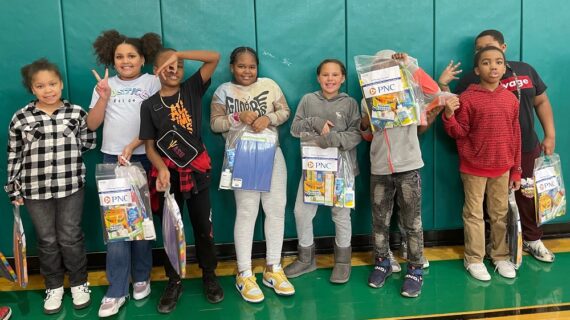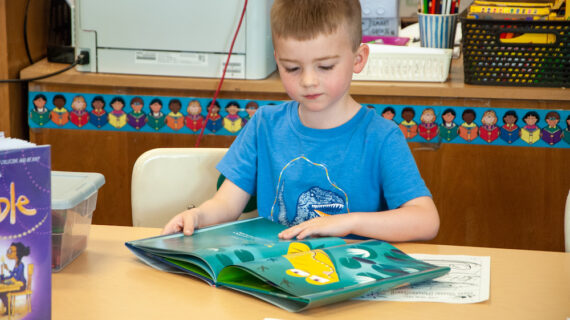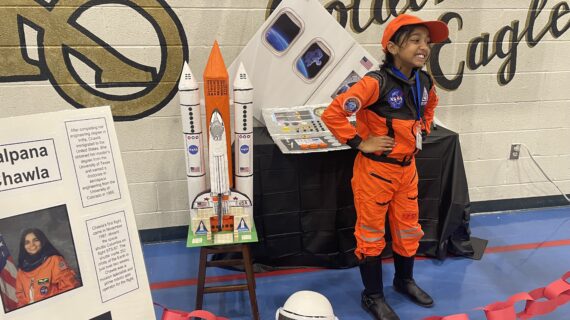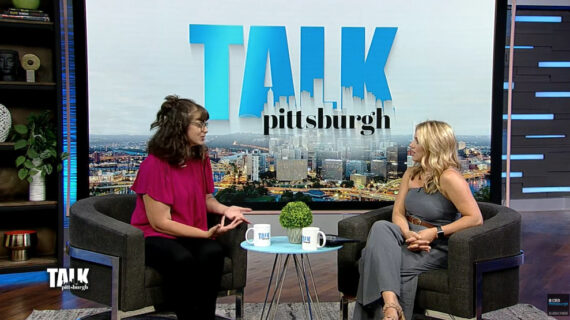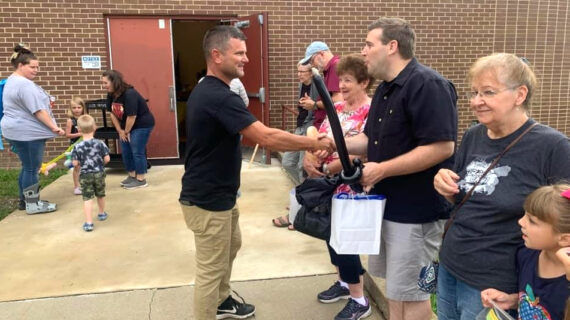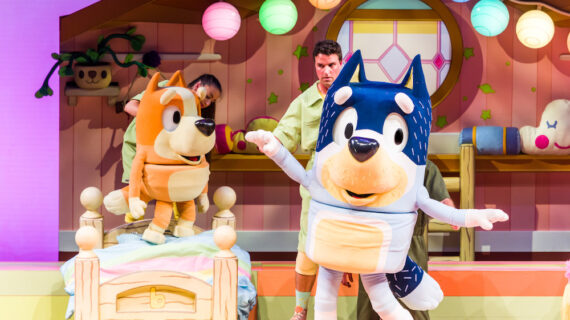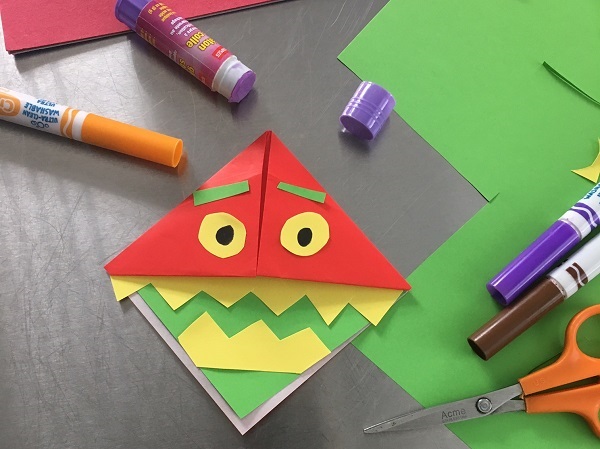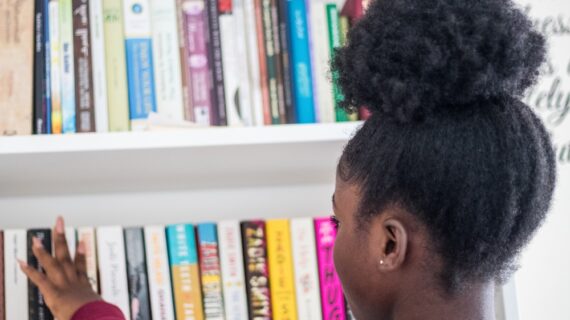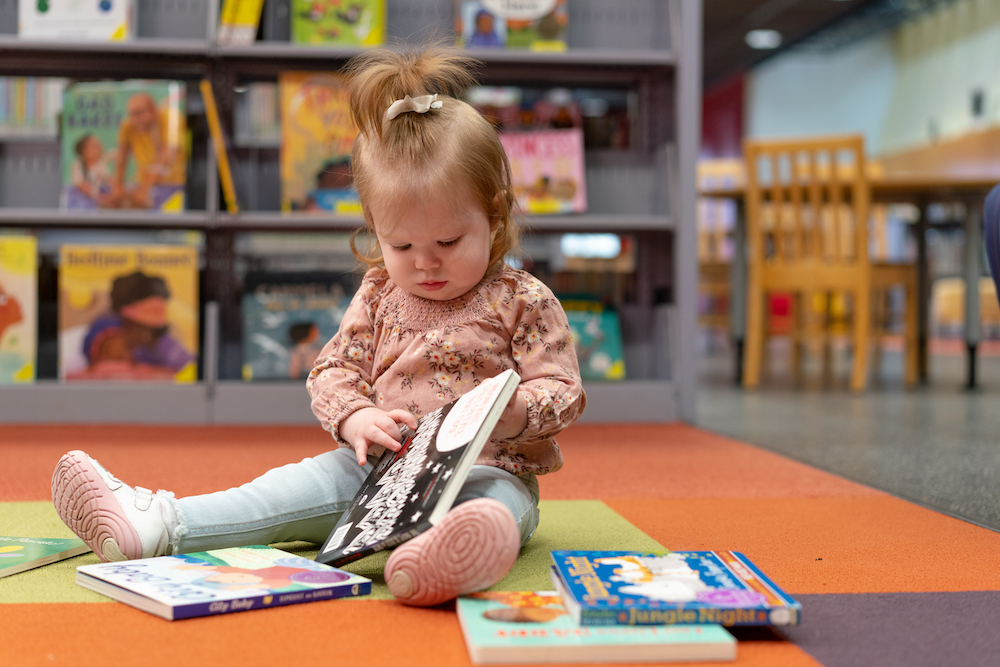
Want your kid to fall in love with reading? These Pittsburgh authors have suggestions.
Photo courtesy of Carnegie Library of Pittsburgh.
In just a few weeks, Amber Harris’s daughter Hayden will begin kindergarten. As a children’s book author and avid reader, Harris started early introducing her daughter to books and the joy of reading. At age 5, Hayden has already been reading for more than a year.
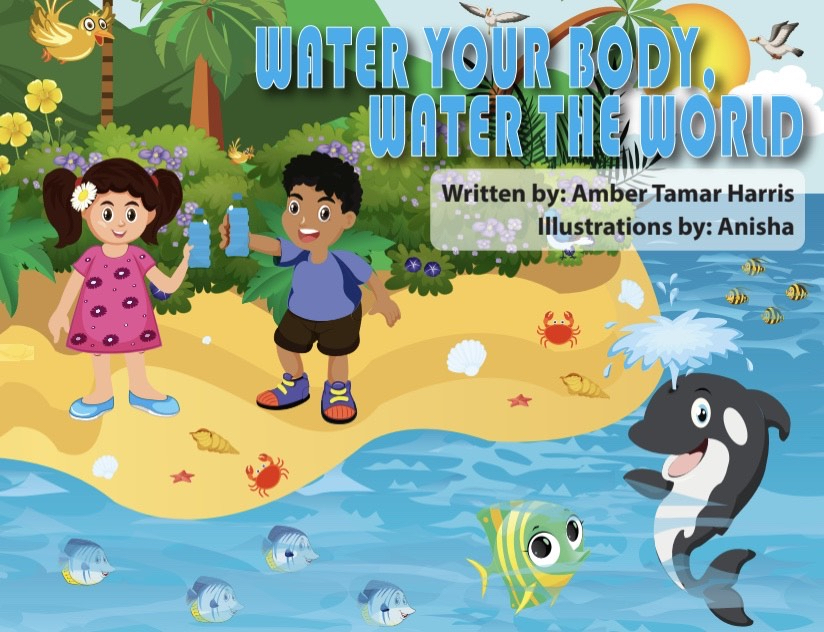
Children who love to read and feel comfortable reading at their grade-level or beyond are in a great position to enjoy school and succeed there. To help parents encourage their kids to read in the remaining weeks of summer and into the new school year, Kidsburgh gathered advice from local authors – who all happen to be parents – and from our friends at Carnegie Library of Pittsburgh (CLP).
Here’s what they shared:
Give kids plenty of choice
“Everybody, whatever our age, is interested in something and the public library has books about everything. So, visiting the library as a family means everyone can discover whatever they want and need—even if they don’t know what it is yet—and since the books are free (there aren’t even any overdue fines at CLP anymore!) everybody can check out as many books as they can carry,” says Andrew Medlar, CLP’s president and director.
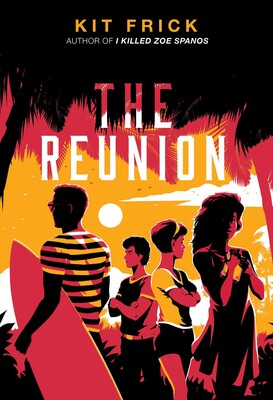
So don’t limit the books your child chooses, he says, because “that individual and practically unlimited choice is very empowering and fun.”
Pittsburgh-born author David Michael Slater, agrees. Especially with reluctant readers, “Expose kids to every type of reading material possible on a wide variety of subjects, and do not object if you don’t find their choices of reading material ideal.”
Along with writing books, Slater is also a middle school teacher. He occasionally hears from parents who aren’t fans of their child’s choice of books.
One mother told him she was concerned because her 8th-grade son would only read “Goosebumps” books, which she thought were childish and disturbing. He assured her: If she gave him plenty of freedom to read, her son would eventually get bored with those and seek something new on his own. And that’s exactly what happened.
Pittsburgher Kit Frick, author YA novels including “Reunion,” agrees: Growing up, she loved the “Babysitters Club” series and read them over and over. If a child is a reluctant reader but finds a series they love, allow them to do that deep dive.
Because Frick was “already a voracious reader,” she says, her mother made her a deal one summer: “I could read as many ‘Babysitters Club’ books as I wanted, as long as I alternated one ‘Babysitters Club’ book with anything else. … That was her way of balancing ‘Let Kit read what she’s obsessed with and interested in’ and also get some other books in the mix. I think that was a great strategy.”
Try to embrace even books that you might find a bit yucky.
Slater, who has written books for children, teens and adults and recently sold the movie rights to his novel “The Vanishing,” has a new book out called “Poopy McPooFace: The Perilous Journey.”
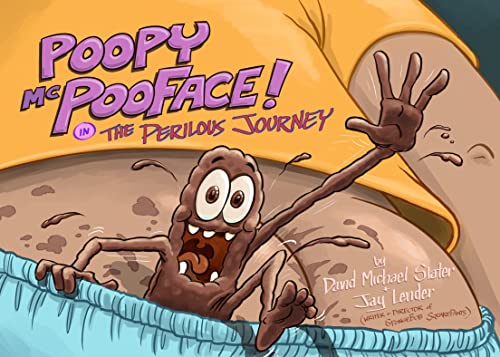
He wrote if for little kids navigating the challenge of potty training. But, he says, he’s heard from a few parents who got ‘Poopy McPooFace’ for their non-reader middle schoolers, who have now “asked for more ‘gross and funny’ books like that.”
Don’t forget graphic novels, especially for neurodivergent kids
When Pittsburgh-born author Jen Malia’s kids were small, she read to them often. “Once they were able to read on their own, they really took to graphic novels,” she says.
A love of graphic novels and comic books is common among neurodivergent kids in particular, she says, because pairing visual images with text can help with focus and comprehension.
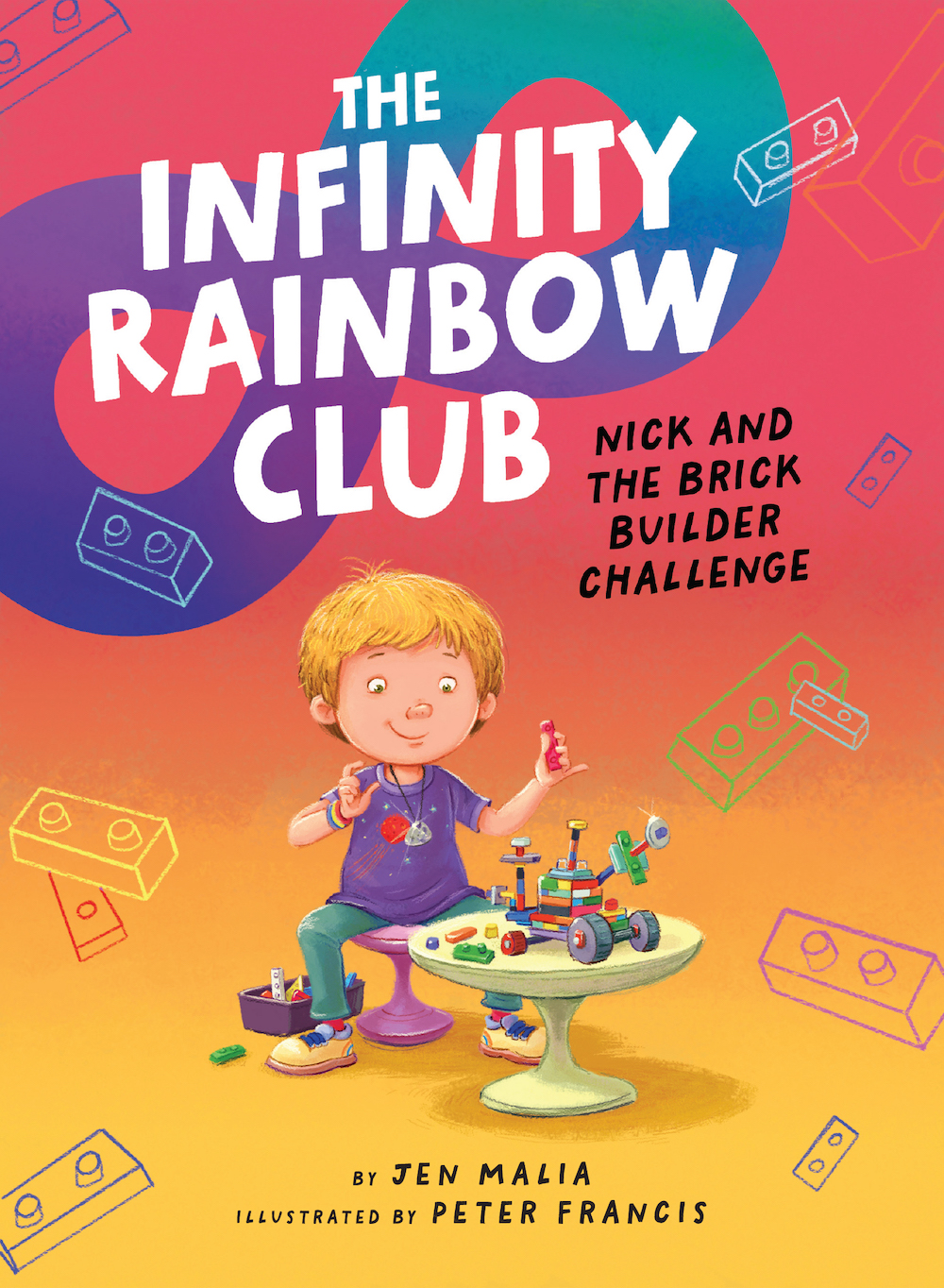
Dav Pilkey, creator of the popular “Captain Underpants” and “Dog Man” books, has talked about his own experiences with having ADHD and being dyslexic. Pilkey’s books use dyslexic-friendly fonts “and that really helps my daughter,” Malia says. “I requested specifically that all the fonts and the books for ‘The Infinity Rainbow Club” are dyslexic-friendly.”
“Nick and the Brick Builder Challenge,” which is book one of Malia’s “The Infinity Rainbow Club” books series featuring neurodivergent characters, comes out Sept. 26. And book two is already in the works.
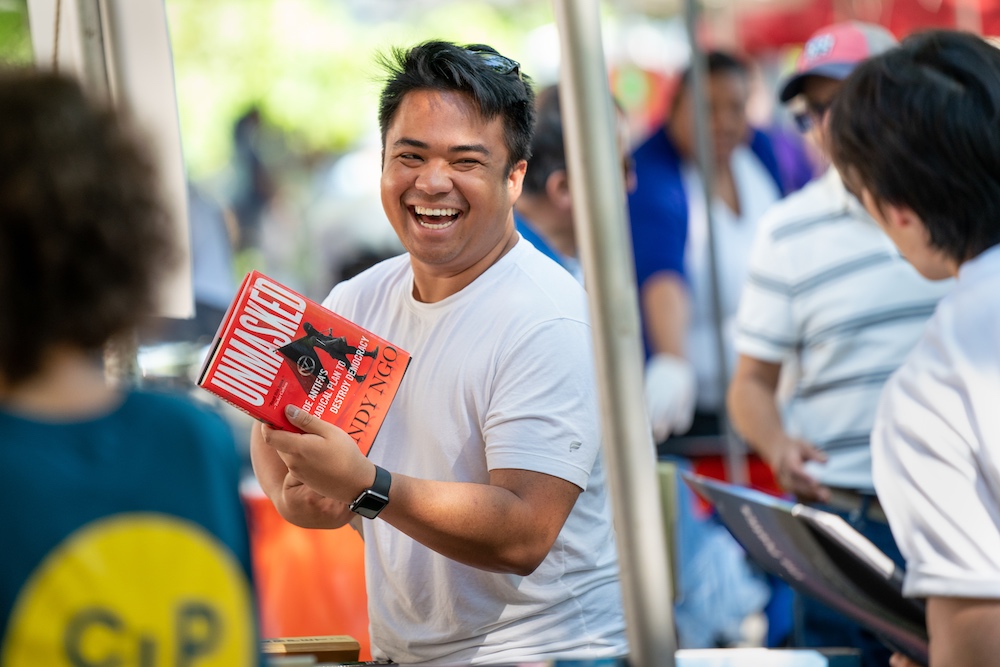
Read to your kids – and alongside them
Pittsburgh author (and Kidsburgh contributor) Sheldon Higdon’s twins are in elementary school and are good readers. But although they can read just fine on their own, “they still like when I read to them,” he says.
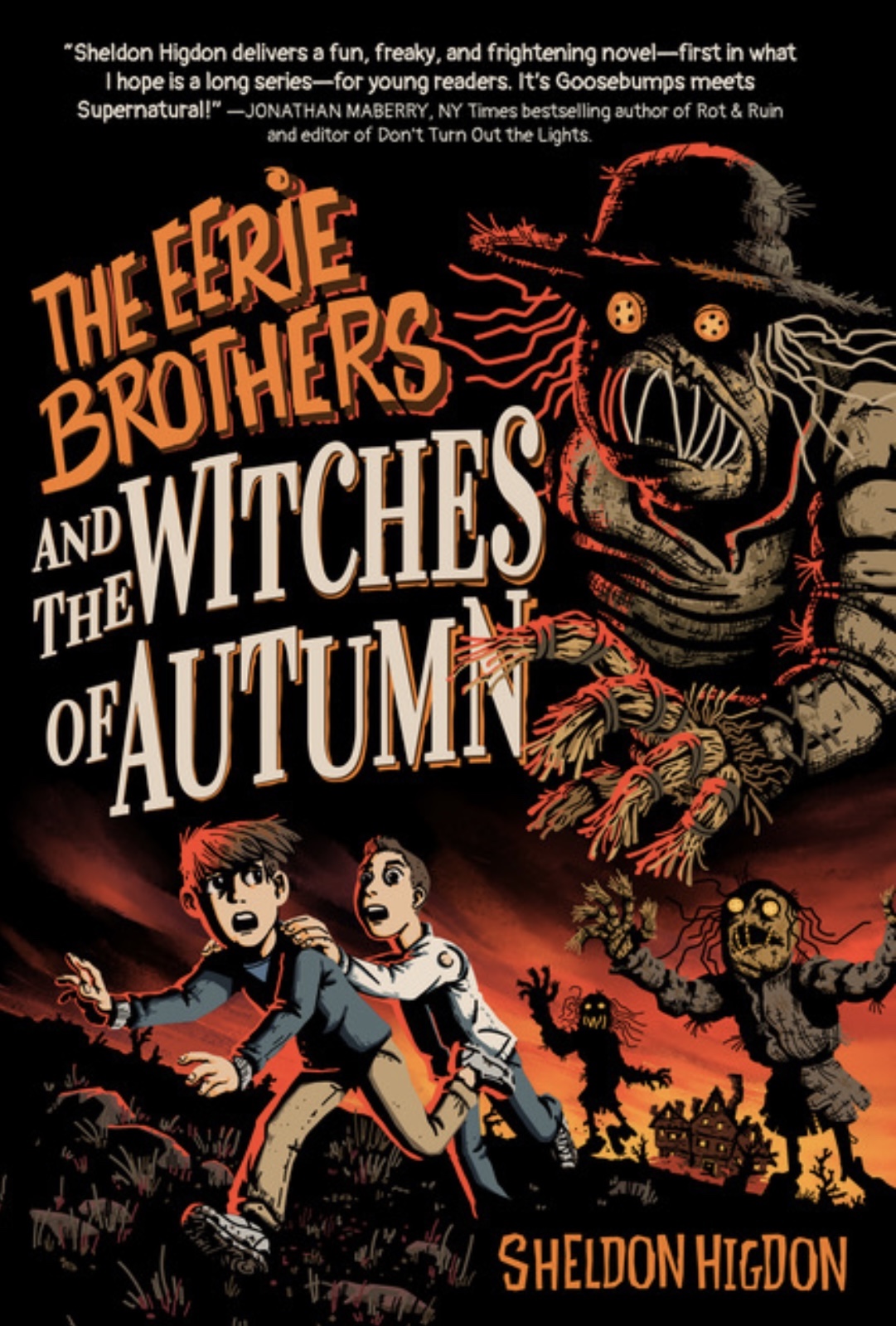
Higdon and his kids take turns reading, with one person reading a chapter while the others listen. If the book has long chapters, they find a good place to stop part way through and pass the book to the next person.
He enjoys reading aloud, since it prepares him to speak publicly and read from his own books at events. (His new middle-grade novel, “The Eerie Brothers and The Witches of Autumn,” will be released on Sept. 22. Get it here on Kindle and stay tuned for info on the paperback edition.)
But Higdon also loves connecting with his kids over a shared book and seeing them get excited about stories and ideas.
Along with reading books aloud, it’s valuable to let kids see you reading. When you’re all home together, invite them to sit down and read their own book while you’re enjoying yours.
You can also take a trip to the library together and show your kids how excited you are about picking out a new book to read yourself.
“When grown-ups model engaging with library resources it imprints even more on the young people in their lives that this place—and the world of exploration, opportunity, and learning it provides—is for them,” Medlar says.
Mix reading in with other activities
Harris suggests making sure you always have books with you – even if you’re at the pool or playing outside. Once kids have gotten some physical exercise, have them relax for a few minutes and sit down with a book.
Higdon agrees a few minutes of reading can pop up literally anywhere. If he buys something for his house that needs to be assembled, he has one of his kids read the instructions.
“That way,” he says. “they’re reading and they’re also learning how to sort of put in context what we’re doing.”
Those instructions aren’t literature, but that’s OK. The key is getting them to discover the words and see how they’re spelled, Higdon says, and having them understand how language is helping them build something. “It’s not about ‘I need them to read some fiction tonight…’”
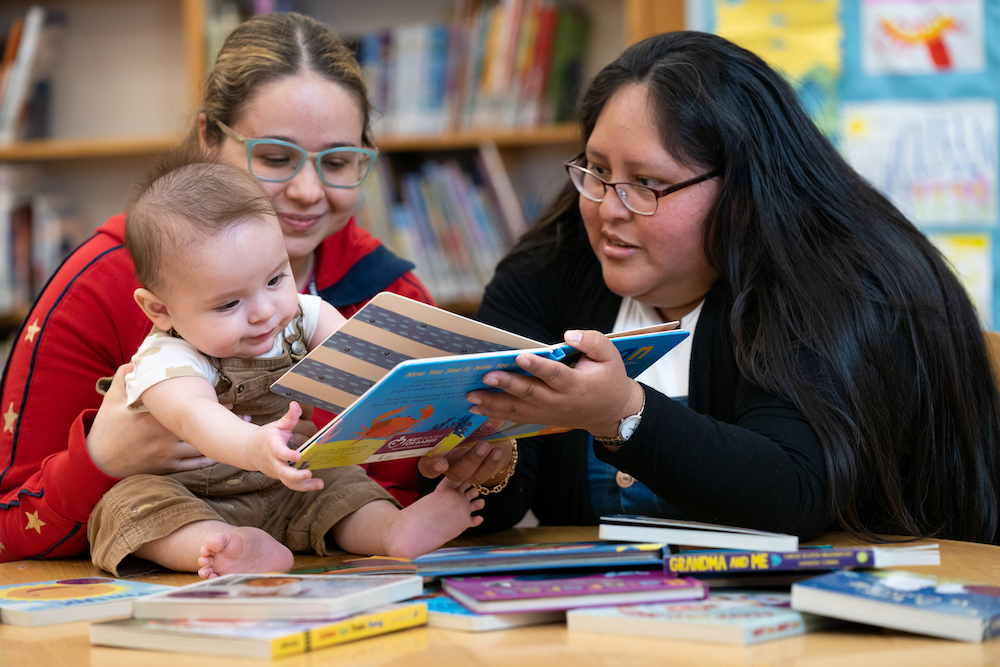
Give babies their own books – even if they only chew on them
Frick has a 10-month-old daughter, who already has a collection of board books in her room and a cart in the living room with more books to explore.
“Her favorite books right now at this stage are anything flaps, anything that she can touch and feel,” Frick says. “She also really loves these indestructible books right now that she loves to eat as much as she loves to read. Right now, it’s really just about exposing her to books early and often and just including them along with toys as part of playtime.”
Understanding stories can come later. For now, “it’s just allowing her to play with them as physical objects and getting her interested in holding books and putting them in her mouth and making them part of everything that she’s doing right now as a 10-month-old for exploration.”


